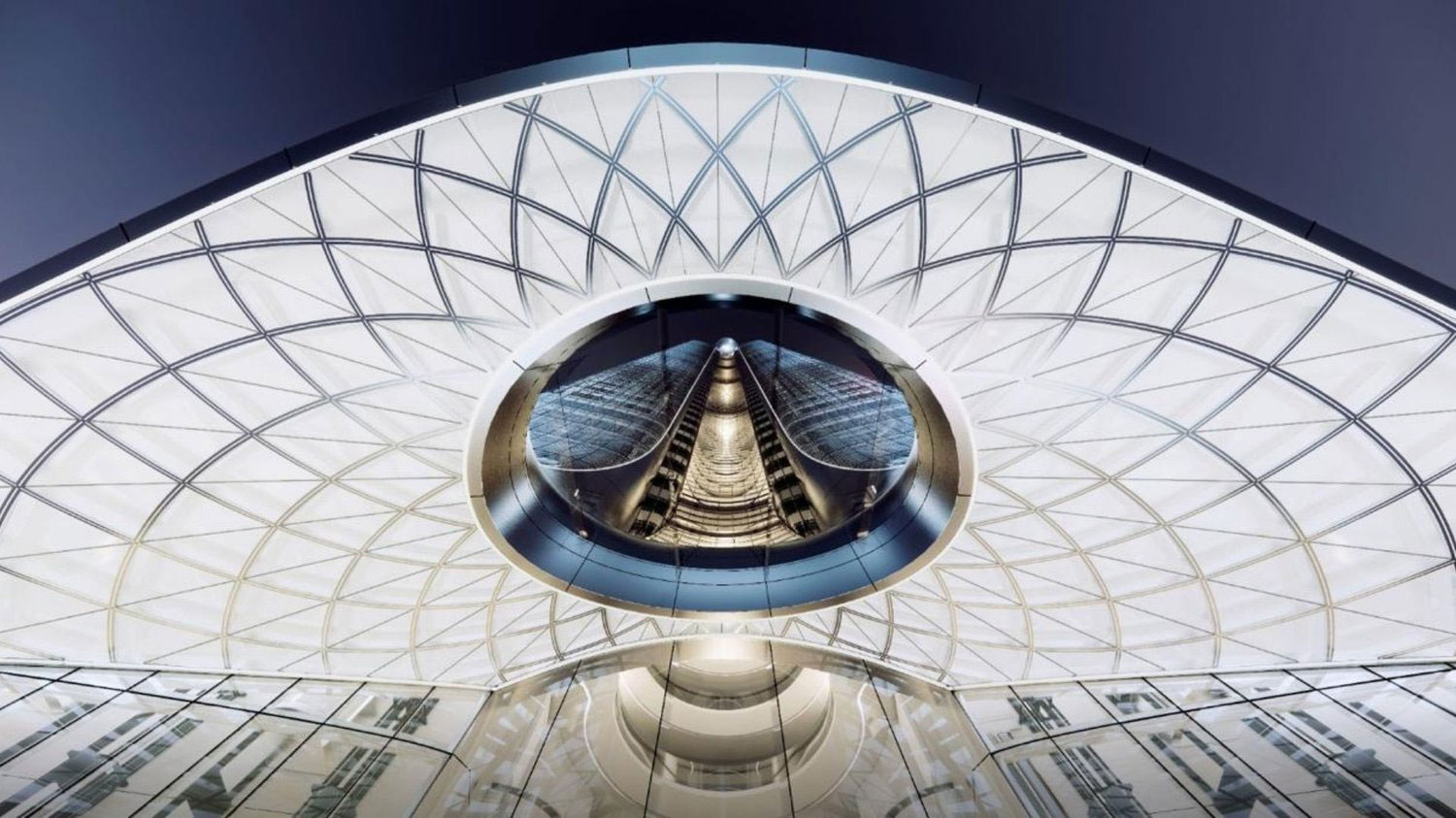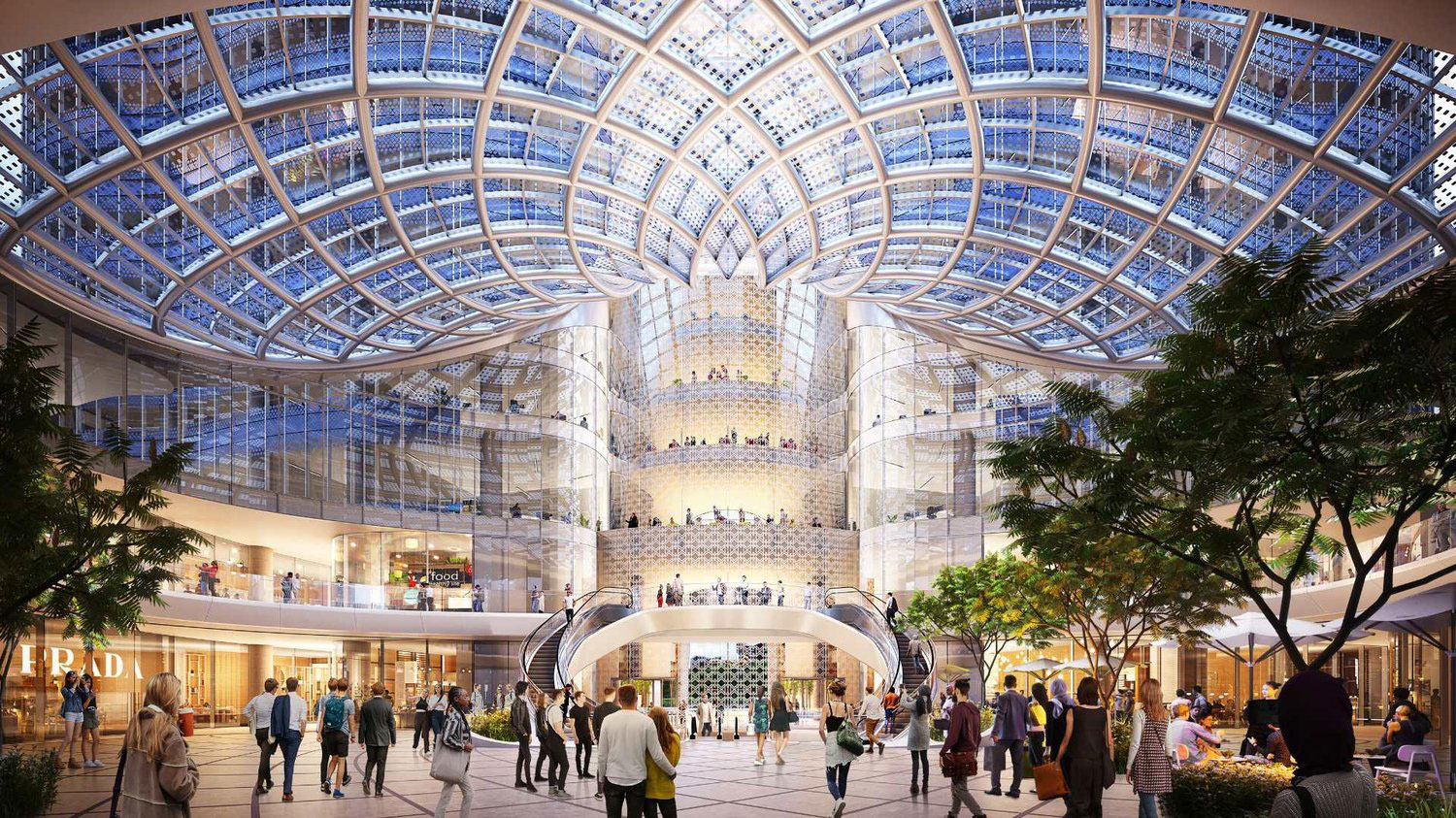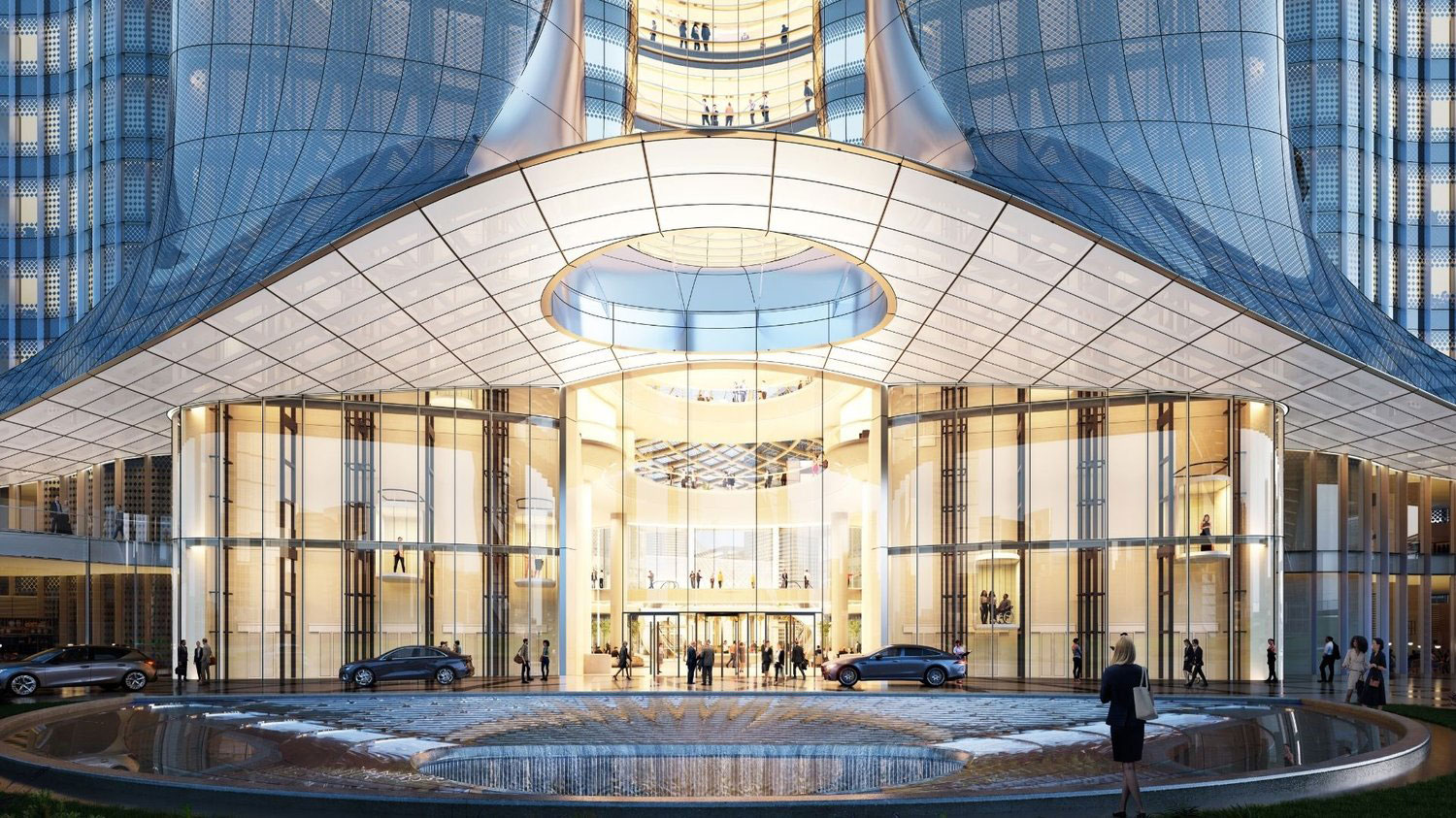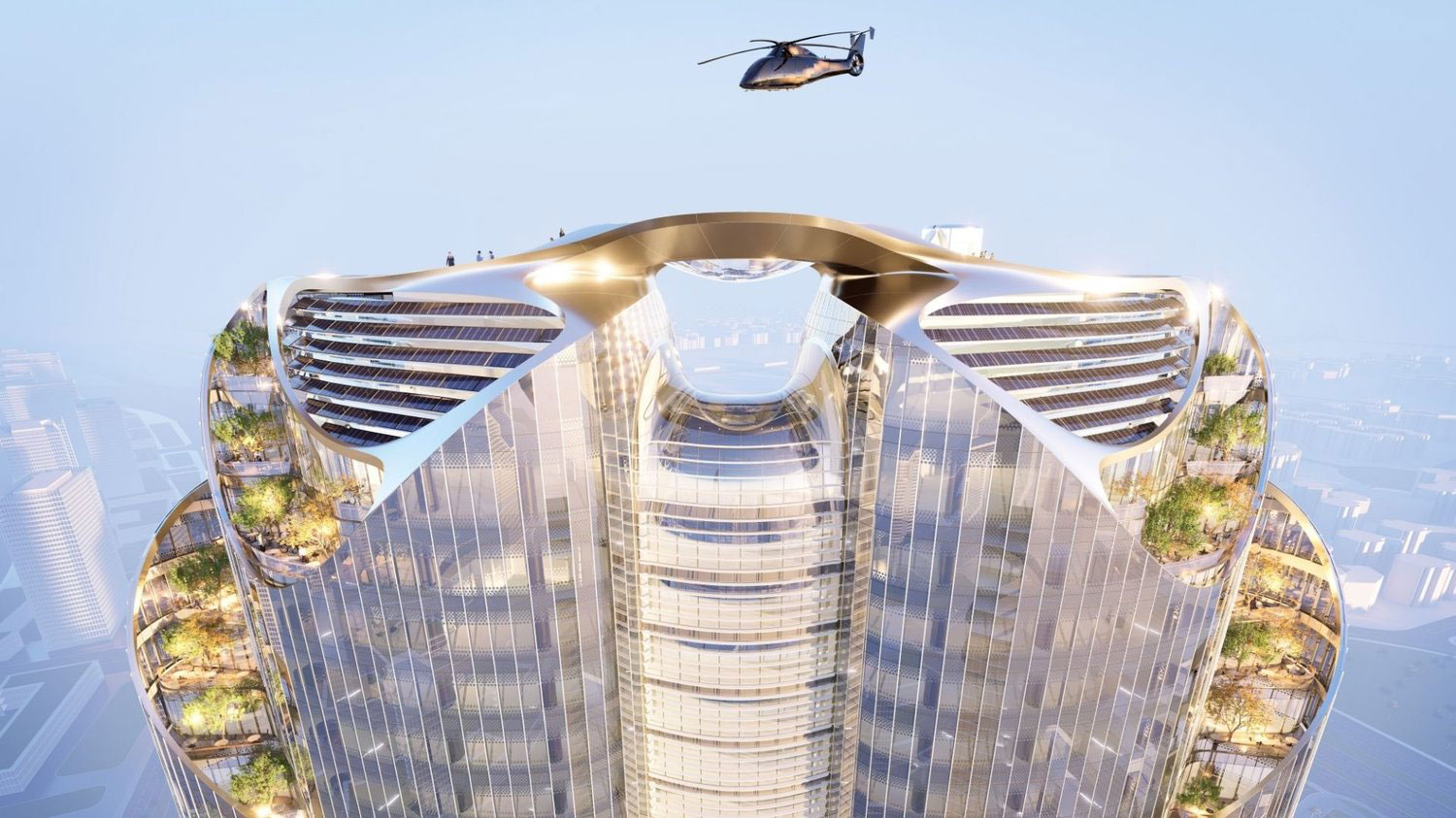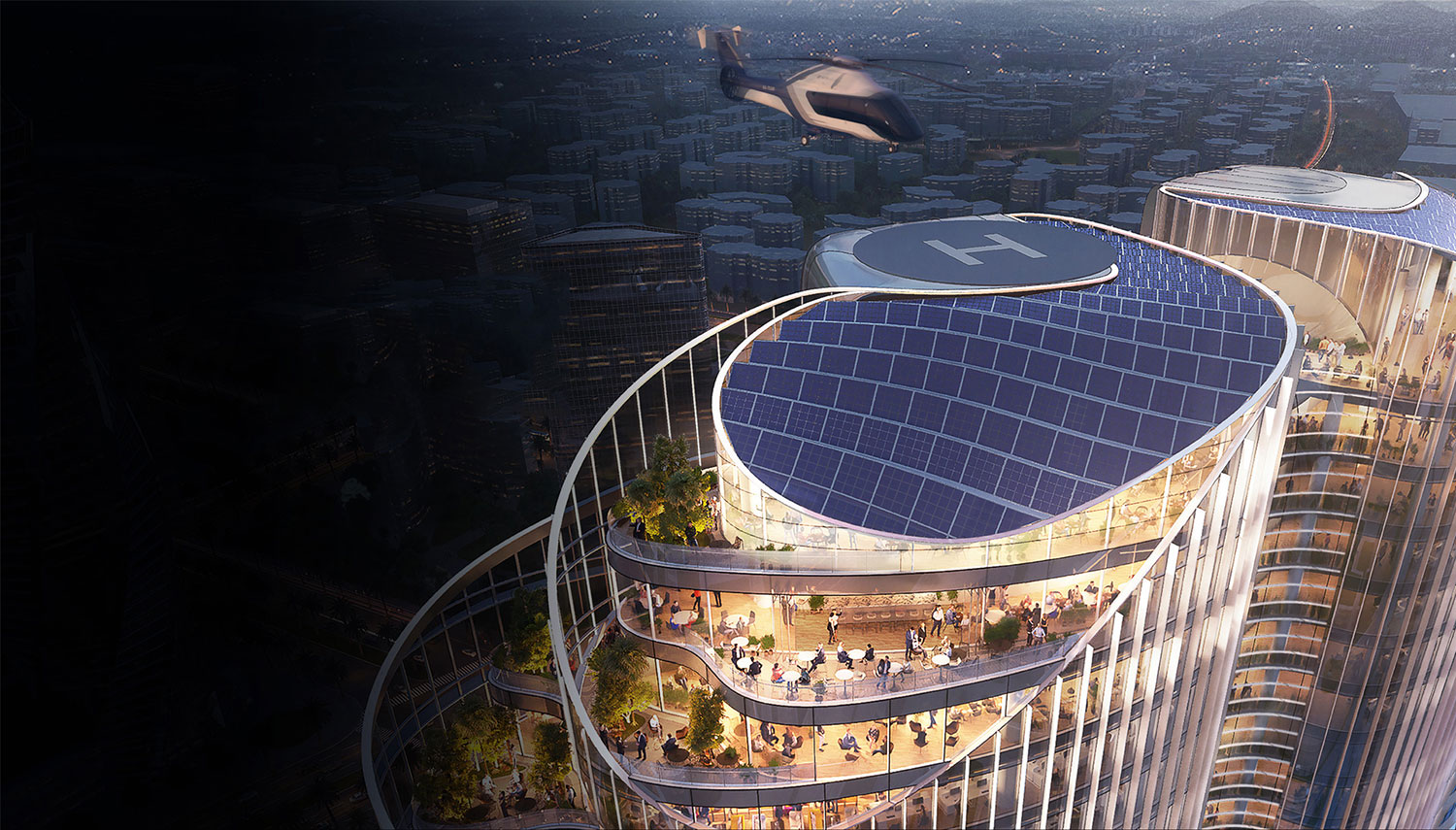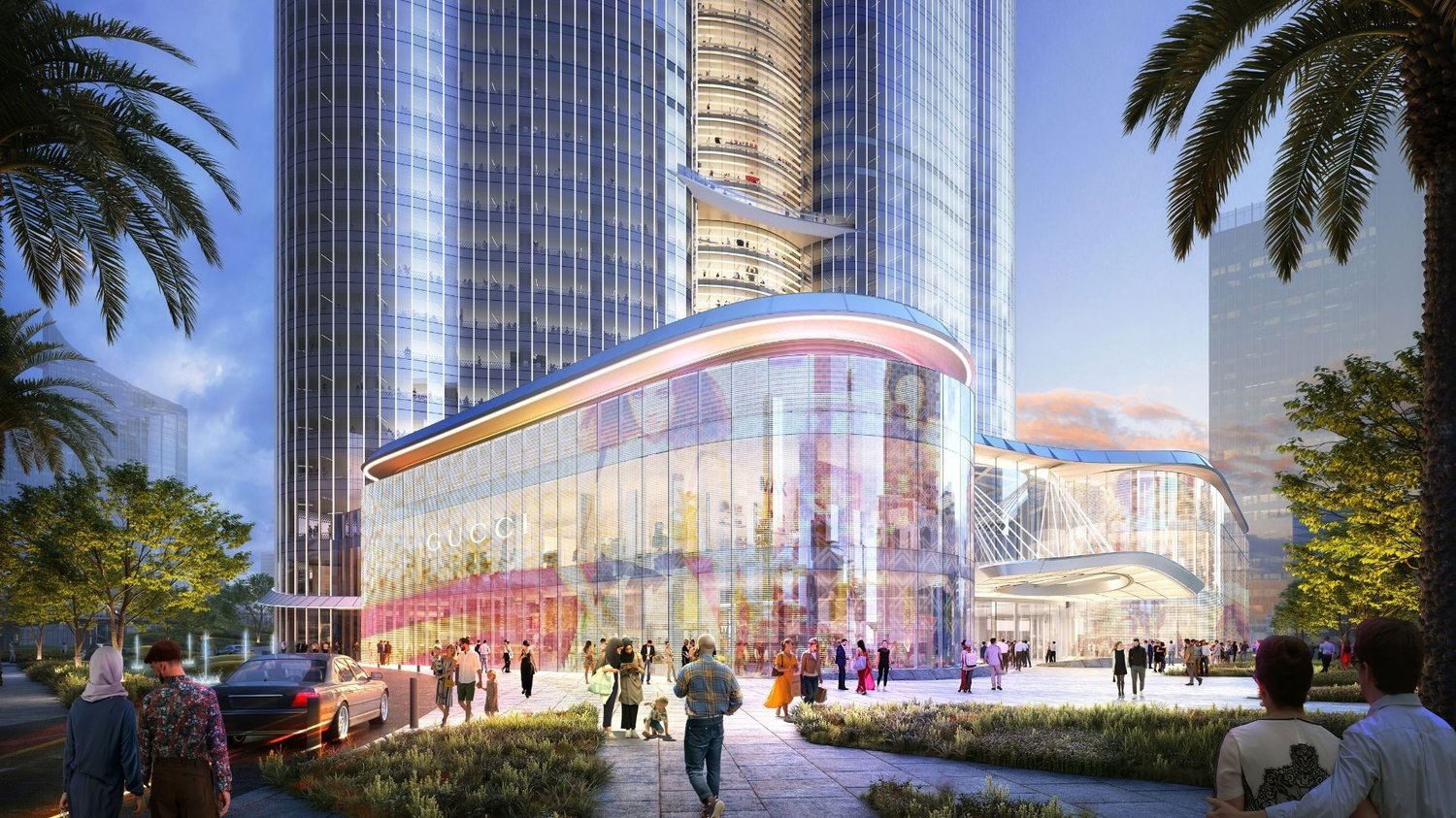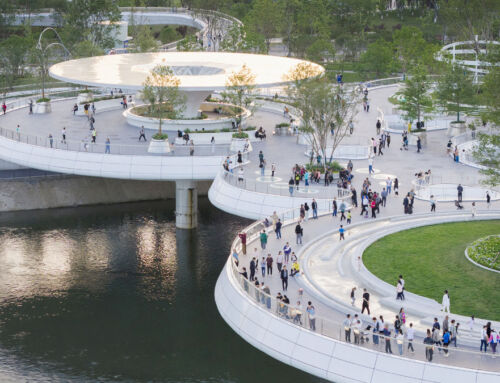At the close of the 53rd annual meeting of the World Economic Forum in Davos, Switzerland, in January 2023, the Egyptian real estate developer Magnom Properties and the US publication Forbes signed an agreement for the construction of an “an innovative, environmentally responsive tower” in the New Administrative Capital in Cairo, Egypt, at the close of the 53rd annual meeting of the World Economic Forum in January 2023.
The project is not so much striking for its design, by Adrian Smith + Gordon Gill Architecture – known for, among other things, the 1,000-metre Kingdom Tower in Jeddah, Saudi Arabia – as for its promise to operate according to a ‘zero-carbon strategy’. In fact, CNN ran a story on the project early last September (2024) with the headline: ‘Hydrogen-powered skyscraper set for Egypt’s new capital’.
As Mike Federle, CEO of the business and finance publication, said, the Forbes International Tower will be ‘the first sustainable international tower under the Forbes name’. Adrian Smith, one of its architects, preferred to put it like this: ‘a contextually responsive soaring glass, steel, and photovoltaic-laced design (…) that launch skyward to form 55 floors of flexible office space and two stories of high-end retail experiences. For his part, Gordon Gill, also representing Adrian Smith + Gordon Gill Architecture, insisted on the ‘conscious commitment to exploring (…) several advanced technologies in partnership with leading global partners to drive energy efficiency and reduce emissions. He concluded: ‘more details will be released in due course’.
Well, that time has come and here’s how Forbes International Tower hopes to achieve LEED Platinum certification:
–Material optimisation: the tower will be built with bubble slabs (or BubbleDeck system), with low-carbon concrete and X-Carb reinforcement (recycled steel bars produced with renewable energy), resulting in a 58% reduction in embodied carbon, or the equivalent of 60,000 tonnes of CO2.
-Energy management: underfloor air distribution, adaptive lighting and high-performance envelope will be used, resulting in a 46% reduction in energy consumption, equivalent to 6,300 tonnes of CO2.
–Water management: the tower will have smart monitoring and high efficiency elements, as well as grey water reuse and rainwater harvesting. This will result in a 73% reduction in indoor water consumption, equivalent to 9.4 million litres.
–Energy production: the building will incorporate high-performance photoelectric cells, as well as electricity production from hydrogen. Thus, 25% of the energy will be solar, while the remaining 75% will be obtained from hydrogen as a fuel. This will save the environment 1,800 tonnes of CO2 per year.

This is undoubtedly an ambitious project, the main novelty of which is that it proposes hydrogen as the main energy source. We will keep an eye on its operation from the day after its construction is completed.
Sources: Forbes, The Plan, CNN.
Images: Magnom Properties.



